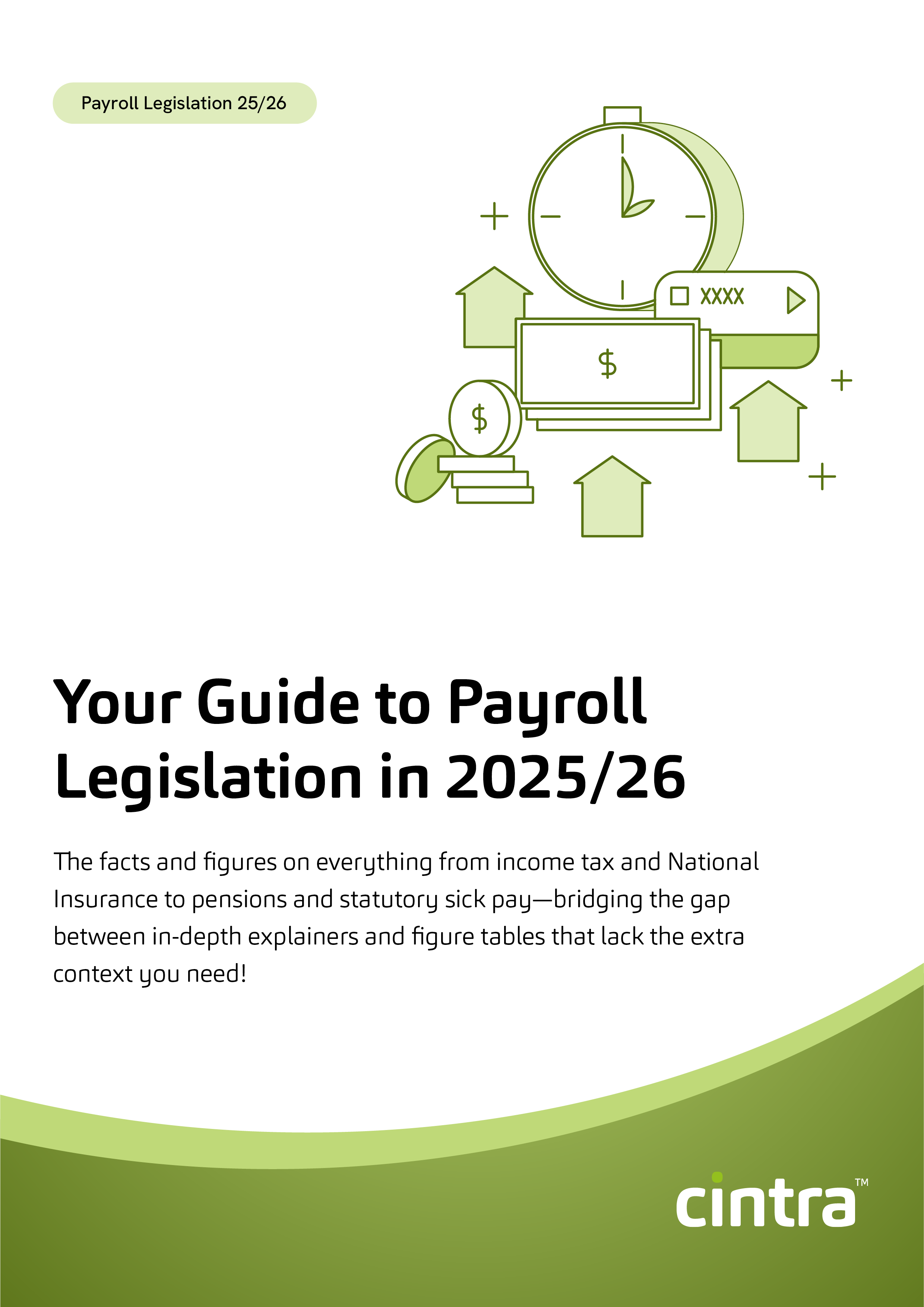When it comes to maternity and adoption leave, there’s a lot of information out there. We often think about the basics—like pay and scheduling—but one thing that is rarely considered is: how do you stay up to date with your organisation in case anything important comes up? Well, that’s what keeping in touch (KIT) days are for!
Find out how a keeping in touch days work, how it affects your pay, and what you can use these days for.
What are keeping in touch (KIT) days?
What are keeping in touch days? If you’re planning to take maternity leave or adoption leave, then the term might have come up. A KIT day is a day that you can engage in work related activities without jeopardizing your leave entitlements. You can use them to do some of your usual work so that you maintain your skills and find it easier to ease back into work when you return or just to , stay up to date with what’s happening in the company and maintain your relationships with your colleagues. During your maternity or adoption leave you can take up to 10 KIT days without it affecting your maternity pay.
KIT days are not mandatory so if you’d prefer not to work them, you can decline this during your leave. Employers can also choose not to offer KIT days. They should be mutually agreed.
A KIT day is considered any day you work during your maternity or adoption leave, even if you only work for a couple of hours. This means that you cannot work a half day on one day and another half day later, as both will count that as one full day each.
You can work your KIT days at any point during your leave. However, if you’re on maternity leave you cannot work within the mandatory 2 weeks off after birth.
Can you take keeping in touch days on parental leave?
If you’re on parental leave you aren’t eligible for KIT days, however you can use shared-parental-in-touch (SPLIT) days. You can engage in work related activities for up to 20 days during shared parental leave without losing your pay. If both parents are taking shared parental leave (SPL), you can work up to 20 SPLIT days each during your SPL regardless of how much SPL you are taking. If only one parent is taking SPL, that parent can work up to 20 SPLIT days during their SPL.
What work can you do on a KIT day?
A KIT/SPLIT day lets you do your usual work when you’re on leave. It covers training, meetings, conferences, and anything that helps you stay connected with your job. It’s handy for catching up on what’s been going on while you’re away, attending training or meetings, finishing up a project, or easing back into work after maternity, adoption, or shared parental leave.
How does KIT days pay work?
There is no set regulation on how much you can be paid during a KIT day and this can be mutually agreed with your employer. Usually, an employer will pay you your standard daily rate. This should be paid out during the normal company payroll run in the period when the KIT days occur.
Are kit days paid on top of SMP?
If you are eligible for SMP you will continue to be paid that even if you have a SPLIT or KIT day. Any additional pay for a KIT/SPLIT day that has been agreed to between you and your employer will be paid in addition to the SMP. Pay for a KIT/SPLIT day can be offset against SMP (if you are still receiving at least the National Minimum Wage) so it is best to check your company Maternity/Paternity policies to find out the rules that will be applied.
Frequently asked questions about KIT days:
- Are KIT days subject to tax, national insurance and pensions?
Payments for KIT days will be subject to deductions for tax and NI but will not be eligible for salary sacrifice. Whether payments for KIT days are pensionable is dependent on the particular pension scheme, so this is something you should discuss with your employer before taking them. - Are kit days pro-rated?
No, KIT days are not pro-rated, so even if you only work part time, you’re still entitled to the full 10 KIT days during your leave. - Are kit days worth it?
If you work in a company which has a lot of changes, updates and developments, it is a good way of keeping updated. This can make the transition back to work easier and reduces knowledge gaps.They are also a great way to stay connected with your colleagues. However, it is entirely up to you as to whether you feel that you want to work or would prefer to wait until the end of your leave to return to work for the first time. It might be worth speaking to some of your colleagues or friends who have experienced KIT days to get an idea of it you think it would be worth it for you.
- What happens if I exceed the maximum number of kit days?
If you exceed the maximum number of KIT days, then your maternity or adoption leave and pay will end by law. This means that it is important to keep track of your KIT days worked if you’re taking them throughout your leave. - Can I bring my baby in on kit day?
This would be something you’d need to discuss with your employer, and would probably depend on the specific work you are undertaking, if you’re working from home or in the office etc.


